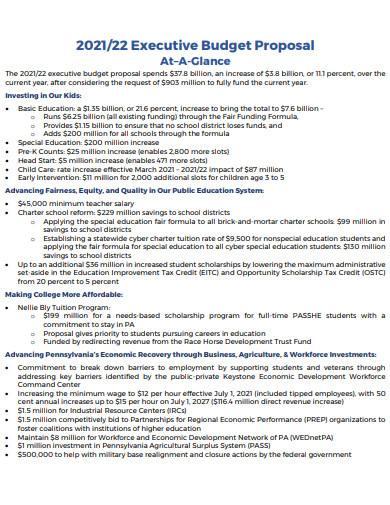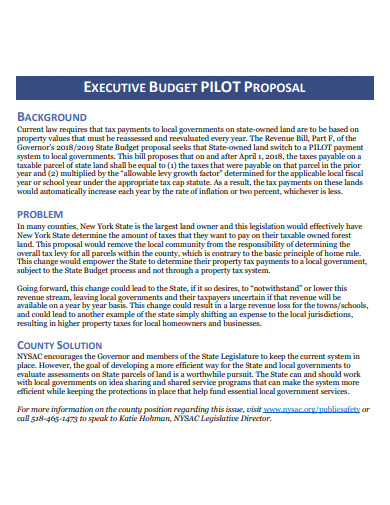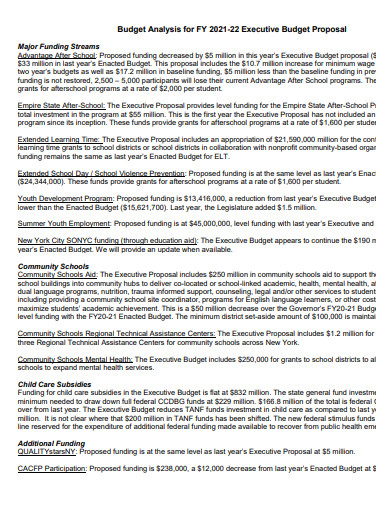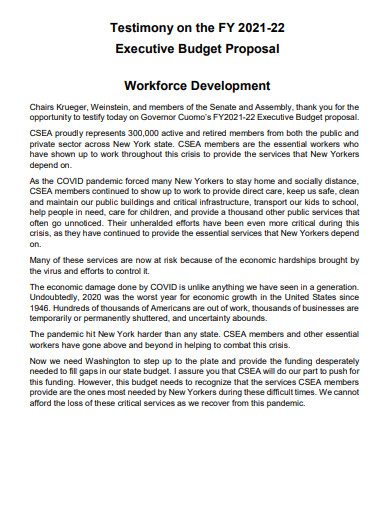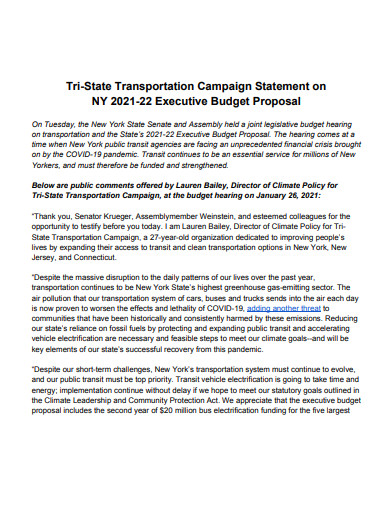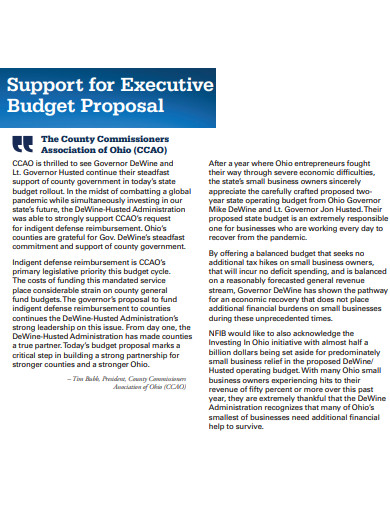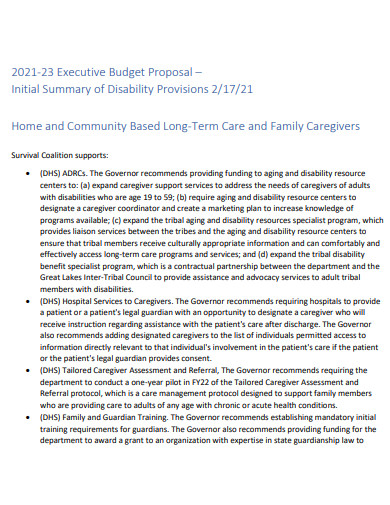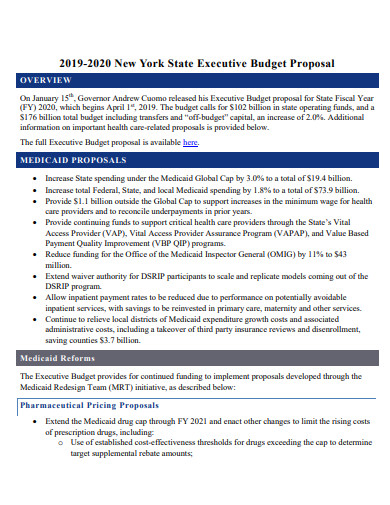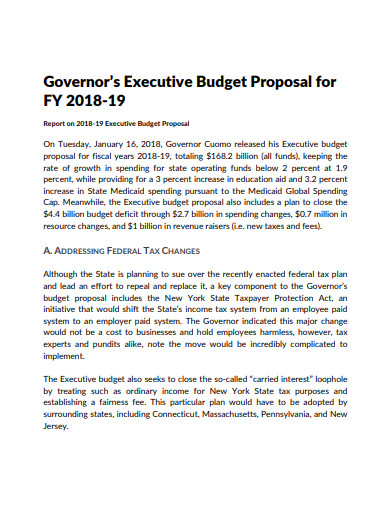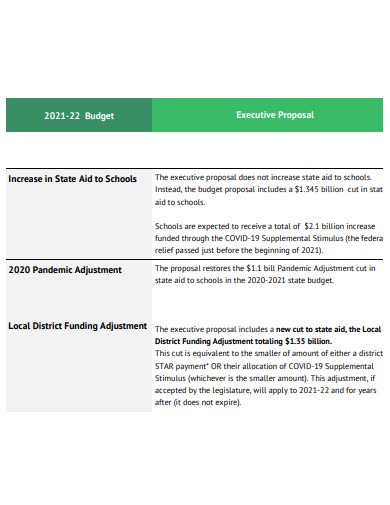What is an executive budget? The Executive Budget is a budgeting system aimed at aligning budgetary resource allocation and administration with the City Council’s strategy, priorities, and desired outcomes. To that purpose, the budgeting system aspires to shift away from decision-making and resource management based on the accomplishment of municipal goals. Budgetary programs, which are defined as a sequence of commodities, services, and initiatives aimed at achieving certain objectives in terms of public benefits, are the link between strategy and budget in the Executive Budget. Sub-programs, which represent the lowest financial level and comprise lines of action or the provision of differentiated goods and services, are broken down into the programs.
The programs enable budgetary resources to be strategically arranged as budgetary endowments for supplying and implementing a succession of goods, services, and activities aimed at reaching specified goals or objectives. This strategic organization makes it possible to structure the budget strategically and make strategic budgetary decisions, both in terms of resource allocation and budgetary monitoring and performance.
10+ Executive Budget Proposal Samples
1. Executive Budget Proposal
2. Executive Budget Pilot Proposal
3. Sample Executive Budget Proposal
4. Company Executive Budget Proposal
5. Executive Budget Campaign Proposal
6. Quote for Executive Budget Proposal
7. Organization Executive Budget Proposal
8. Simple Executive Budget Proposal
9. Governor’s Executive Budget Proposal
10. Executive Budget Proposal Example
11. Printable Executive Budget Proposal
Preparing a Proposal for an Executive Budget
- Definition of a Budget – A categorical list of project costs that represent the Principal Investigator’s best estimate of the monies required to support the work detailed in a proposal. All direct costs, facilities, and administrative costs, as well as planned cost-sharing agreements, are included in a budget.
- Project Costs – All projected costs must be clearly beneficial to the project and permissible under Office of Management Budget Circular A-21, sponsor rules, and University policies.
- Budgeting Facilities and the Administrative Costs as Direct Costs – Any expense that is ordinarily handled as facilities and administrative cost should not be proposed as a direct cost unless the project-specific demands justifying the expense are well documented in the budget justification.
- Cost Estimation – Use widely established cost estimation methods such as catalog prices, pricing quotations, or properly escalated historical or current expenses.
- Escalation Factors – As needed, use inflationary or escalation factors. Non-personnel cost categories are now escalating at a rate of 3%. Personnel expenditures should be increased according to the guidelines on the Salary and Wages page.
- Cost Assignment and Allocation – It is vital to predicting how the project will incur costs during each phase or year while creating a budget. According to the sponsor’s criteria, the budget must list expenditures by major cost category for each project year. Unless a sponsor’s budget form or regulations need more precise categorization, use the key expense categories (i.e. salary, fringe benefits, supplies, equipment, travel, other direct costs, and facilities and administrative costs) when assigning expenditures to budget categories. Describe the costs projected in each major cost area in detail. Use broad terms that may be tracked and reported in the accounting system. The budget justification should include more extensive information about the items in each broad description, as well as an explanation of the process used to estimate their expenditures.
- Documentation – For negotiating and audit purposes, the primary investigator and/or department must keep supporting documentation linked to project cost estimates. The techniques, methodologies, and data utilized to estimate project costs should be clearly described or shown in this documentation.
FAQs
What are some examples of the supporting document in the executive budget proposal?
It includes current salary and wage scales, projected range adjustments, source of benefit rate used, vendor quotes, catalog prices, and historical records indicating the cost being incurred in the projects.
What are the stages of the budgetary cycle?
Budget preparation and approval: the fundamental factors for making resource-allocation decisions involving programs, commodities and services, and initiatives are the established priorities and main goals to be achieved.
Budget execution: Programs are carried out in terms of expenditures and outcomes, with any potential deviations recognized and handled through monitoring and control systems.
Budget results: when the fiscal year has concluded, data on program performance/results is gathered. To improve their achievements, the corresponding degree of fulfillment is analyzed.
If you want to see more samples and formats, check out some executive budget proposal samples and templates provided in the article for your reference.
Related Posts
Title Project Proposal Samples [ Community, School, Student ]
FREE 10+ Product Supply Proposal Samples in MS Word | Google Docs | Apple Pages | PDF
FREE 10+ Health Project Proposal Samples [ Public, Mental, Healthcare ]
FREE 11+ Engineering Project Proposal Samples in PDF | MS Word
FREE 4+ Racing Sponsorship Proposal Samples [ Team, Car, Driver ]
FREE 10+ Nursing Project Proposal Samples [ Community, Health, Clinical ]
FREE 11+ Student Council Proposal Samples in PDF | DOC
FREE 10+ Facilities Management Proposal Samples in MS Word | Google Docs | Apple Pages | PDF
FREE 8+ Joint Venture Proposal Samples [ Commercial, Real Estate, Construction ]
FREE 10+ Scholarship Proposal Samples [ Project, Grant, Sponsorship ]
FREE 10+ Computer Purchase Proposal Samples in MS Word | Google Docs | Apple Pages | PDF
FREE 10+ Network Project Proposal Samples [ Design, Security, Bank ]
FREE 14+ Accounting Proposal Samples in PDF | MS Word
FREE 10+ Church Event Proposal Samples in MS Word | Google Docs | Apple Pages | PDF
FREE 10+ History Proposal Samples [ Dissertation, Thesis, Paper ]

